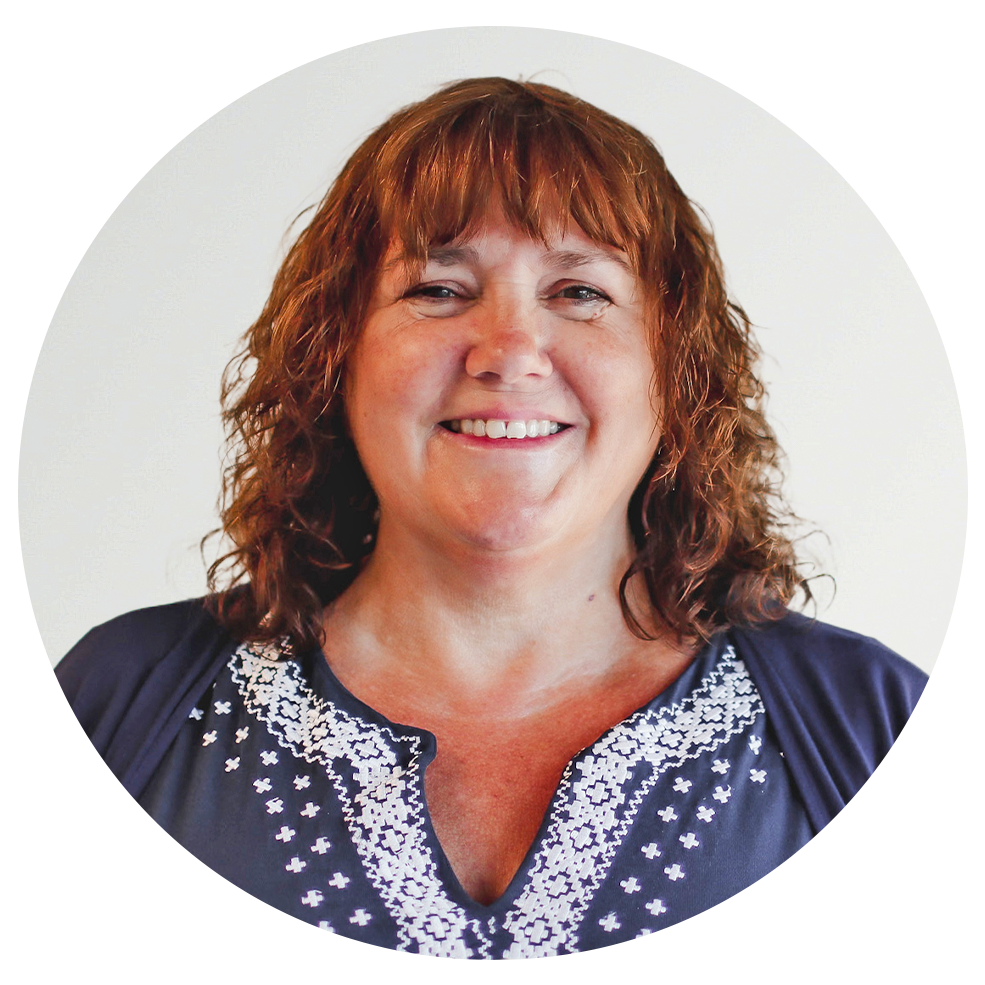Pressure ulcers – definition, assessment, prevention and treatment
Pressure ulcers are a painful, debilitating condition that can, largely, be prevented. Seen as a measure of harm by NHS England/Improvement and reportable to the CQC in care home settings, understanding how best to protect those within your care from developing a pressure ulcer is an important aspect of care delivery.
Prevention of pressure ulcers is however not always easy and, in some cases, not possible. Understanding how they develop, how to recognise those at risk, how to prevent them and what to do when they do occur is vital knowledge for anyone involved in the care of those vulnerable to pressure ulcers.
Staff with different skill sets can work their way through the whole programme, or they can choose individual modules.
Webinar Parts
Assessment of risk (the a of aSSKINg)
Assessment of risk (the a of aSSKINg)
Prevention - aSSKINg
Prevention - aSSKINg
Treatment of Pressure Ulcers
Treatment of Pressure Ulcers
Learning Outcomes
- To understand how pressure causes skin damage
- To understand the cascade of events that lead to pressure damage.
- To recognise the primary factors that can increase risk of pressure ulcer development
- To understand other factors that might impact further on the risk
- To understand the place and relevance of risk assessment tools and why they score as they do
- To understand the aSSKINg bundle and how this supports the most important aspects of pressure ulcer prevention
- To gain deeper insight into each aspect of aSSKINg, what the key aspects of care within each element of the bundle are and the importance of documentation
- To recognise the early warning signs of pressure damage & what actions must be taken immediately
- To gain insight into the main aspects of care in the treatment of pressure ulcers (including categorisation)
- To understand your role in the treatment of pressure ulcers
- To gain insight into the different dressings that might be used and why
- To understand wound management with regard to pressure ulcers, including wound assessment and management decision-making
- To understand some of the dressings that may be used in the management of pressure ulcers
Meet our Experts

Heidi has been a Tissue Viability Nurse since 2002. Her interest and passion in the prevention and management of pressure ulcers began, however, in 1987 on registering as a nurse. She has worked in both acute and community care. She is currently the part-time Tissue Viability Services Lead for Hertfordshire Community NHS Trust.
People who watched this also watched...
Biophilia: Bringing the outside in
This webinar looks at what biophilic design is, how easy it is to use and the benefits of incorporating biophilic design elements into care home schemes.
Pressure Ulcer Prevention - No thank you
On occasions, individuals may decline a suggested care intervention which may lead to increased risk and conflict with staff wishing to add in these interventions. This webinar explores why people may make decisions about their care that healthcare professionals find challenging. Why HCPs find these decisions challenging. What national guidance there is around this topic. What you can do when a person decides not to adhere to suggested care interventions.
The importance of good communication and its impact on clinical outcomes
In this session we will explore the various types and styles of communication, how important the way we communicate is and how this may affect the outcome when working with service users and their carers. We will refer to the legislation that guides us and be referred to in these complex cases and know when to seek legal advice for an individual case.


